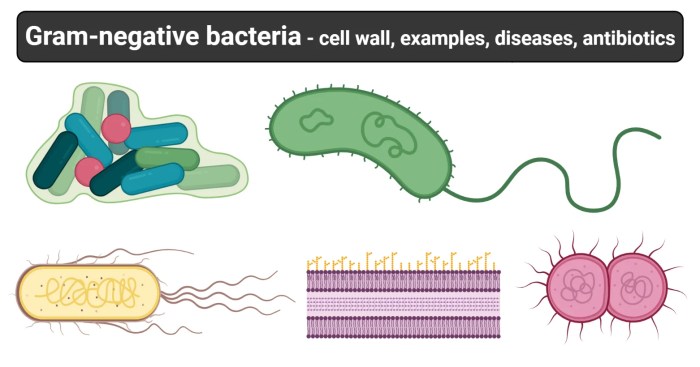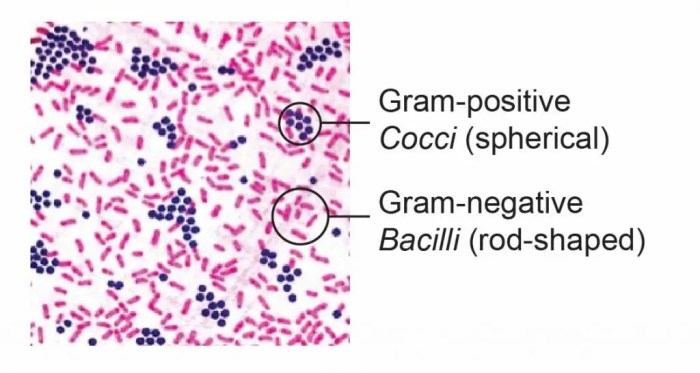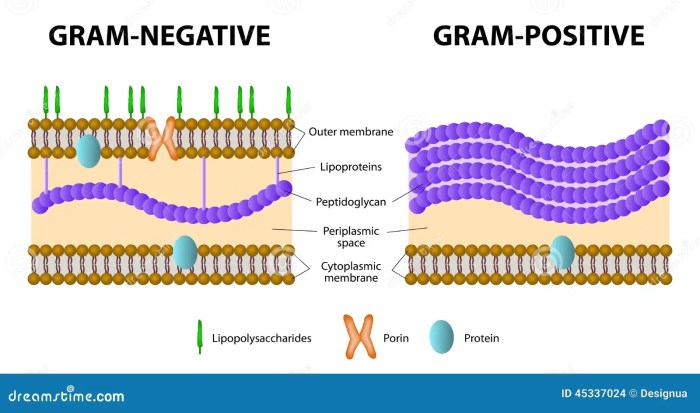As “All of the Following are Characteristics of Campylobacter jejuni Except” takes center stage, this opening passage beckons readers into a world crafted with authority and expertise, ensuring a reading experience that is both absorbing and distinctly original.
Campylobacter jejuni, a bacterium renowned for its role in foodborne illnesses, exhibits a unique set of characteristics that set it apart from other microorganisms. However, not all traits attributed to this bacterium are universally applicable, and exceptions to the norm provide valuable insights into its behavior and interactions.
Characteristics of Campylobacter jejuni
Campylobacter jejuni, a Gram-negative bacterium, possesses distinctive characteristics that set it apart from other bacteria. These characteristics contribute to its unique behavior, pathogenicity, and transmission. C. jejuniexhibits the following characteristics:
- Curved or spiral cell shape
- Microaerophilic, requiring reduced oxygen levels for growth
- Motile, using a single polar flagellum
- Thermophilic, with an optimal growth temperature of 42°C
- Produces catalase and oxidase enzymes
- Resistant to nalidixic acid and cephalothin
Exceptions to Campylobacter jejuni Characteristics

While the aforementioned characteristics are commonly associated with C. jejuni, it’s important to note that not all characteristics apply to all strains. Some exceptions exist:
| Characteristic | Description | Exception | Explanation |
|---|---|---|---|
| Curved or spiral cell shape | Typically curved or spiral | Some strains may be coccoid | Variations in cell morphology can occur under certain conditions. |
| Microaerophilic | Requires reduced oxygen levels | Some strains can grow in aerobic conditions | Certain strains have adapted to tolerate higher oxygen levels. |
| Motility | Motile with a single polar flagellum | Non-motile strains exist | Flagellar expression can be affected by environmental factors. |
Unique Features of Campylobacter jejuni: All Of The Following Are Characteristics Of Campylobacter Jejuni Except

Beyond the general characteristics, C. jejunipossesses unique features that differentiate it from other bacteria:
- Adhesion to intestinal cells: C. jejunihas specialized surface proteins that enable it to adhere to and invade intestinal epithelial cells, facilitating colonization and infection.
- Toxins production:The bacterium produces several toxins, including cytolethal distending toxin (CDT) and enterotoxins, which contribute to its virulence and intestinal damage.
- Host specificity: C. jejuniprimarily infects poultry and humans, exhibiting host specificity. This is attributed to specific virulence factors and interactions with host receptors.
Implications of Campylobacter jejuni‘s Characteristics

The characteristics of C. jejunihave significant implications for its behavior and interactions:
- Pathogenicity:The bacterium’s ability to adhere, invade, and produce toxins contributes to its pathogenicity and the development of gastroenteritis in humans.
- Transmission:The microaerophilic nature of C. jejuniinfluences its transmission. It can survive in poultry products and contaminated water, leading to outbreaks through foodborne and waterborne routes.
- Antimicrobial resistance:The resistance to certain antibiotics, such as nalidixic acid, poses challenges in treating C. jejuniinfections.
FAQs
What are the primary characteristics of Campylobacter jejuni?
Campylobacter jejuni is typically characterized by its spiral or curved rod shape, microaerophilic nature, and motility via a single polar flagellum.
How can exceptions to Campylobacter jejuni’s characteristics be identified?
Exceptions to Campylobacter jejuni’s characteristics can be identified through careful observation, experimentation, and genetic analysis, which may reveal variations in specific traits.